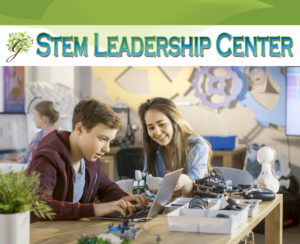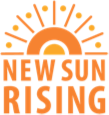What does it take to inspire sustained interest in science and inquiry? On Thursday, February 28, 2013, the LRDC (Learning Research and Development Center) of the University of Pittsburgh opened their first lecture of the 50th Anniversary Distinguished Speaker Series with the question. Dr. Resnick was introduced by Chris Schunn of the LRDC who succinctly introduced Michel Resnick impressive C.V. with accolades including Director, Lifelong Kindergarten Group, MIT Media Lab and the Lego Papert Professor of Learning Research. Dr. Resnick and his colleagues are at the foundation of the “programmable brick” technology many of us use in the Lego Mindstorm NXT and the Scratch Programming language and online collaborative community.
Design, Create, Explore. Dr. Resnick stressed the need for an atmosphere of kindergarten playful creation to develop technological fluency. He wants to see programming used not as a skill taught through scripted inquiry (today we learn the concept of iteration, follow these steps and create what I create). Rather, programming for Resnick is like writing, a technical skill that opens the possibility of individual expression and creativity. He speaks of Coding to Learn – that is using computer code in a program such as Scratch to learn concepts in humanities and science. He pointed to examples of numerous interactive Mother’s Day cards, students in India animating someone traveling through the various layers of the earth, a student in Korea animating a tour of Rapa Nui (Easter Island), even an American student’s science fair project aimed to collect data as people played the student’s game online. He told the story of a student struggling to add a score to their Scratch game who responded with tremendous excitement when shown how to create variables in the game. “How many algebra teachers are thanked for teaching variables?”
Digital Natives. Knowing how to text and play games is not the same as being fluent in technology. It is as though they can read and not write. Learning to code is important. We want our kids to not simply be passive passengers in the vehicles of technology, rather active drivers.
Creative Commons. Dr. Resnick emphasized that Scratch is deliberately designed with a Creative Commons License. I can say from experience with third graders that this definitely inspires conversations of “my” game and “collaborative” games, copyrights, ownership of what an author or artist creates, and what can happen when others take what you started and add to it.
Code to Learn. Coding to learn is not just about teaching concepts (sequence, loops, parallelism, events, conditions, operators, and variables). It is about opening the possibility to learn computational thinking, expression and fluency. It is about making the practices of experimenting and iterating, testing and debugging, reusing and remixing, abstracting and modularizing integral to how you approach all complexity in life.
MOOCs. Dr. Resnick talked about his experiences so far running the Massive Open Online Course (MOOC) “Learning Creative Learning” that began February 11. 24,000 people enrolled for this free MIT Media Lab course on creative learning. They attend on the web, not in Cambridge, making new friends, learning from weekly live videos, readings, discussions, and project-based activities. While registration is closed, you can still log in for a list of resources and the syllabus. It is on my radar to take if offered again and I can’t wait to hear what is learned from this big experiment! What interests me most is this atmosphere of interest based learning. Those who enrolled in the class are seeking to make a contribution. Assessment can no longer be made through one individual professor’s assessment of one individual student’s progression in learning. Assessment happens as contributions are made, increased roles and responsibilities in the community are adopted, and the individual learner takes charge of organizing portfolio examples of their progression in learning.
Gamification. That leads back to the original question of the talk. What does it take to inspire sustained interest in science and inquiry? Badges, awards (degrees, certificates), and the language of gamification and leveling up may not feed long term motivation. Dr. Resnick recommended rewarding competency with an increased role and moved those of us engaged in educational research to consider the complexity of learning context as we seek to find assessment tools, standards, and analytics to help grow a generation of innovative leaders for a conceptual new age.
Fascinating talk! Thank you to the LRDC for sponsoring it, the Kids+Creativity Network for promoting it, and Dr. Mitchel Resnick for sharing his creativity and passion for learning.





1 pings
[…] See on http://www.ellencavanaugh.com […]